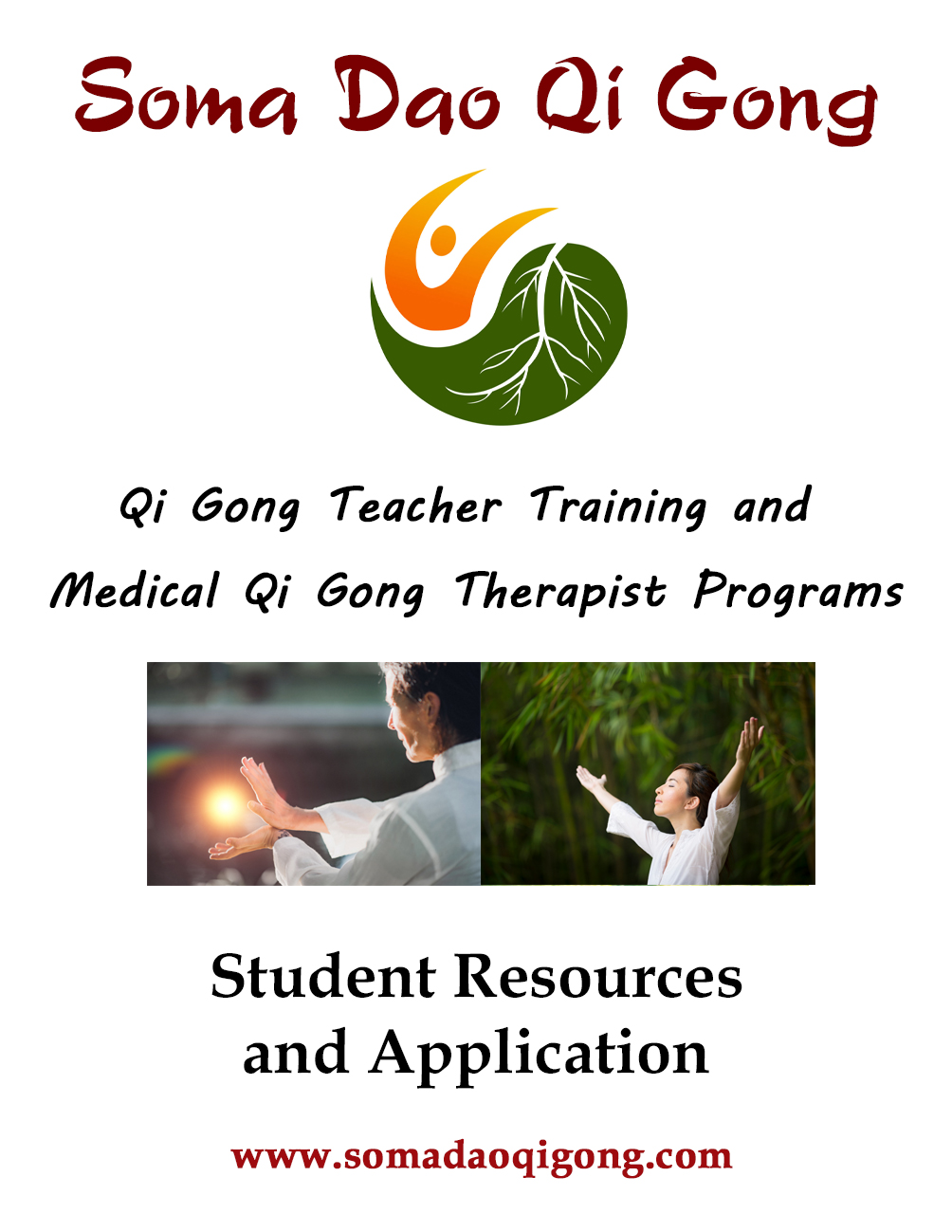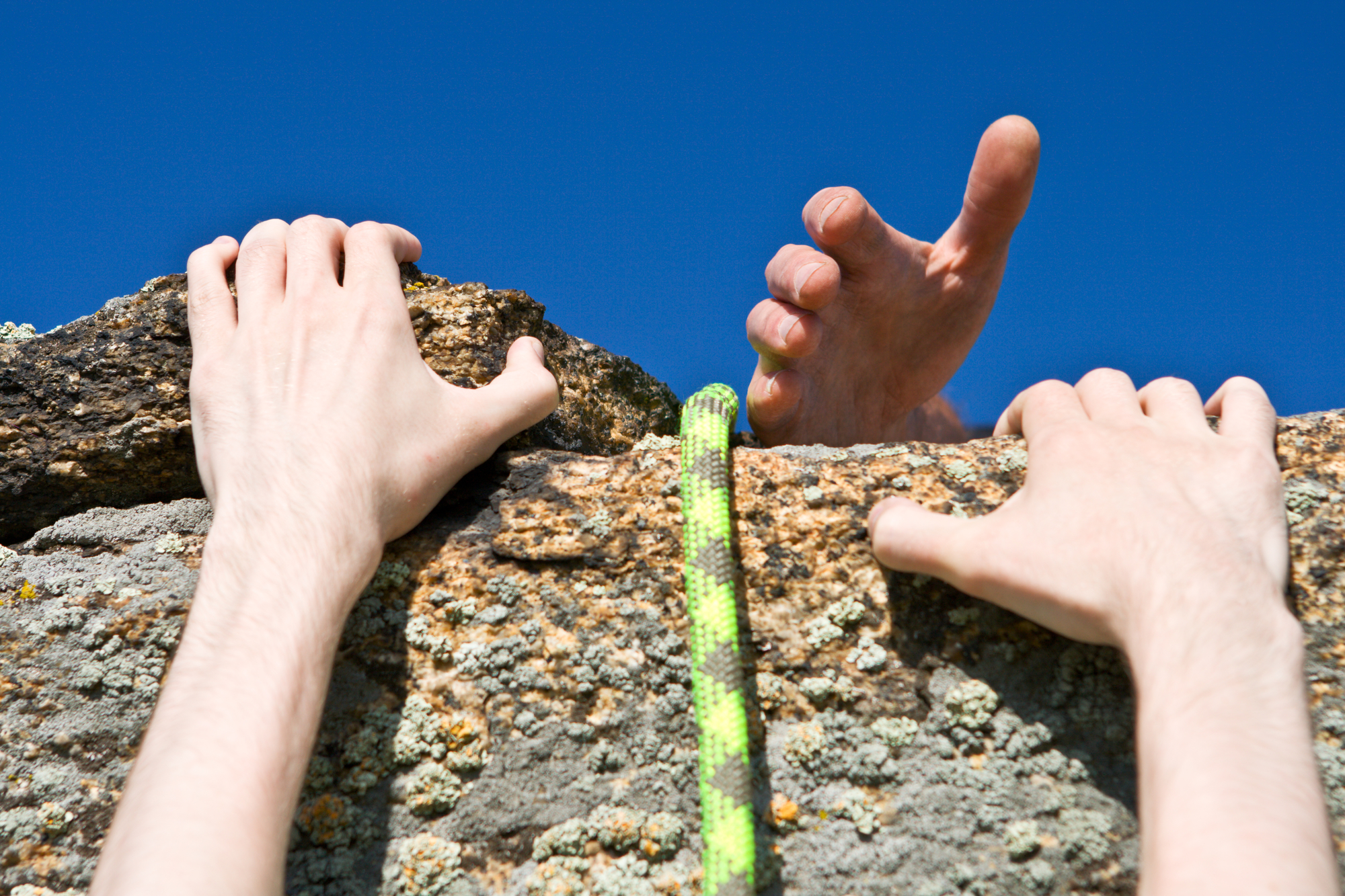

The Third Wound of trauma is Social Disorientation.
This is an inability to feel connection and trust.
A part of your Fight, Flight, and Freeze nervous system works through your Polyvagal System. This VERY ancient part of your nervous system also exhibits a Tend, Befriend, and Cower response.
The Fight, Flight, Freeze responses are instinctual and are at the core of the first Two Wounds, Hypervigelense and Comfort Seeking.
The other adaptive responses (Tend, Befriend, or Cower) are a visceral, social survival strategy to belong or at least ‘fit in’ to your tribe or group in some way. Or, in any way that keeps you from being left behind or banished. being banished usually meant you were going to die.
Fitting in is not an instinct, it is a strategy.
Belonging is an instinct.
Your Polyvagal System is always subconsciously listening to other people’s tone of voice, evaluating their facial expressions and your overall sense of personal connection and bonding.
If you have been traumatized by a person who was meant to keep you safe, you will naturally and instinctually become very careful about who you can trust and how you negotiate getting along with those around you.
The Third Wound is really two wounds.
A loss of trust in others and a loss of social connection.
For many people who were abused as children, social connection is the opposite of easy.
In fact, it can get downright awkward and lead to lying, being promiscuous and other manipulative behaviours – or, it can leave you feeling the most comfortable alone, or completely left out, left behind and alone.
When banishing yourself is safer than seeking connection, you are in ‘enemy territory’ – always.
This social disorientation keeps proving that your instincts are right. People are dangerous and untrustworthy, and you have to stay in control of how you fit (or don’t fit) into the world or you will probably experience even more trauma.
I have seen many patients with chronic illness or chronic pain, as well as people recovering from addiction, go through similar social disorientation. Your Polyvagal System is not just about survival. It has another role in being the gatekeeper of releasing tension through connection, especially physical touch, hugging, play, and making love.
This need is one of the reasons Yoga and Qi Gong are practiced around the world.
Reconnecting with your embodied experience, shaking off the tension, releasing somatic trauma, breathing with awareness and intention, are all pathways home to your birthright of physical and social ease.
The Third Wound of trauma can take years to heal. Being vulnerable enough to risk losing control in front of others is also a powerful ally.
Healing circles have been around since language for a reason.
Qi Gong – Lesson Three
Breathwork and Being Conscious with Your Instincts.
Try this…
Breath deeply and slowly.
Sitting comfortably, feel into your belly and diaphragm.
Fill your belly and chest – front and back – side to side – up and down.
Count to 5 or 6 as you inhale, pause for a moment of appreciation and exhale for 5 or 6 heartbeats.
Pause for a moment of appreciation.
If you are comfotable with the first two Qi Gong lessons, the next step is to listen to the sensations, emotions, constrictions, nervous tension, and even some proverbial ‘butterflies’ in your body.
Keep Breathing
Stretch out your Diaphragm.
(Look into your Polyvagal System and Solar Plexus – Video Coming Soon)
This is about trust and boundaries.
Qi Gong for the Third Wound of Trauma is to Sit and Breath.
If you are feeling a lot and/or are ready to go deeper into discomfort and disorientation, then start rocking back and forth slowly.
Exhale as you lean back, inhale as you lean forward.
Trigger Warning: This is meant to induce an emotional release!

I am interested in learning more about becoming a Qi Gong Teacher and/or a Medical Qi Gong Therapist and would like to receive your MONTHLY newsletter.
YES! Send me a copy of the Student Resource Guide
(We respect your privacy)
Beginning April 8, 2024
Learn the skills, practices, and principles necessary to safely and successfully guide others through several kinds of Qi Gong Classes.
